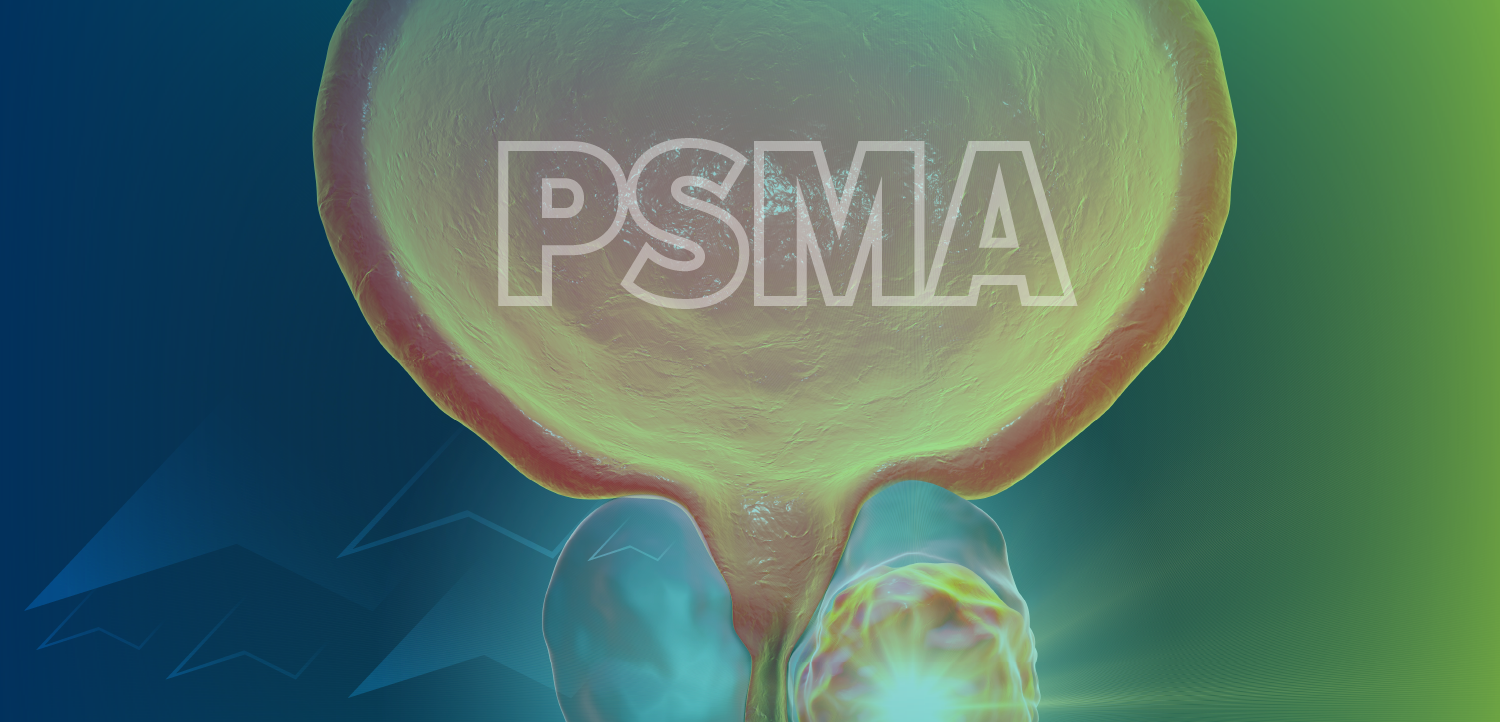
Azithromycin Helps Reveal a Malaria Parasite Weakness
Sabrina Absalon, PhD, explains how antibiotic disruption of the apicoplast led to the discovery of PfAnchor, a key protein required for parasite division and survival.
The antibiotic azithromycin can help identify a critical protein involved in malaria parasite survival by disrupting the division of a vital organelle. Researchers discovered a previously uncharacterized protein in
The apicoplast is a non-photosynthetic plastid that must be inherited by daughter cells during replication of the blood-stage parasite. When the PfAnchor protein was depleted, the apicoplast failed to divide properly, leading to incomplete cytokinesis and parasite death. Interestingly, treatment with azithromycin altered the apicoplast’s structure and rescued the defects, confirming the protein’s specific role in organelle fission.
“This is not new in our field,” said Sabrina Absalon, PhD, assistant professor of pharmacology and toxicology at Indiana University School of Medicine. “The apicoplast has its own genome and its prokaryotic origin, so antibiotics can target the ribosomal protein of the apicoplast and interfere with protein synthesis.”
While antibiotics like azithromycin can disrupt apicoplast biogenesis, their action is too slow to be used as frontline malaria treatment. “So we use it more in the lab as a tool to destroy the apicoplast and identify its essential function,” Absalon explained.
The study builds on earlier research from 2017 by Dr Ellen Yeh at Stanford, who designed a screen that blocked apicoplast development while supplying the parasite with IPP, an essential isoprenoid precursor. This allowed researchers to maintain parasite viability and study genetic components of the organelle.
“When we depleted anchor, we realized the parasite could replicate DNA and divide its cytoplasm, but when egress occurred, the daughter parasites were still attached to each other,” Absalon said. “That was very intriguing. Cytokinesis had a defect and could not complete.”
Using fluorescent protein markers and microscopy, the researchers observed that the apicoplast remained in a branched clump rather than splitting into individual segments. This abnormal structure appeared to link all the daughter parasites together.
“We saw that all the branches of the apicoplast were shared among the parasites and then cytokinesis could not finish,” Absalon said. “But when we used the antibiotic to transform the apicoplast from a branching organelle to individual vesicles and supplied the parasites with IPP, they were perfectly fine.”
This finding confirmed that PfAnchor is required for apicoplast division rather than its metabolic function. Biochemical assays revealed that PfAnchor interacts with PfDyn2, a dynamin-like protein responsible for cutting the membrane of the apicoplast.
“We were really happy to find the enzyme that is known to actually have a role in fission,” Absalon said. “It is bringing in dynamin two, the essential enzyme to cut the membrane of the apicoplast.”
By identifying PfAnchor as a critical regulator of apicoplast fission, the study highlights a potential new vulnerability in the malaria parasite. Targeting parasite-specific pathways such as apicoplast inheritance could provide a novel direction for antimalarial drug development.
Reference
Blauwkamp J, Rajaram K, Staggers SR, et al. An Essential Adaptor for Apicoplast Fission and Inheritance in Malaria Parasites. bioRxiv. April 14, 2025. Accessed April 30, 2025. doi:10.1101/2025.04.12.648511
Newsletter
Stay ahead of emerging infectious disease threats with expert insights and breaking research. Subscribe now to get updates delivered straight to your inbox.


























































































































































































































































































